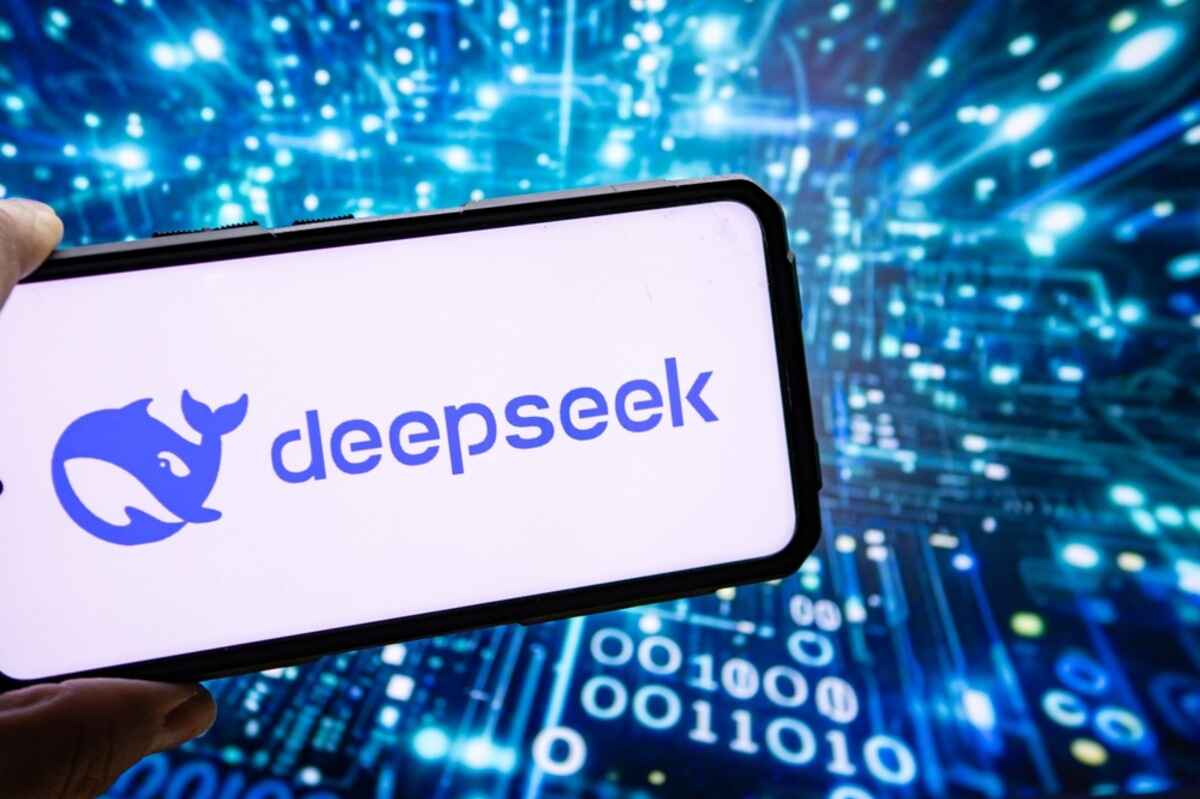Comparing the Performance of the New Model with Its Predecessor

DeepSeek’s Leap with the New DeepSeek-V3 Model
Chinese AI startup DeepSeek has taken a major step forward by launching its latest language model, DeepSeek-V3. This upgrade marks a significant improvement over its predecessor, V2, and positions DeepSeek as a strong competitor to industry leader OpenAI. The new model boasts enhanced performance and capabilities, and its developments are making waves in the artificial intelligence community.
Key Features of DeepSeek-V3
The enhancements introduced in DeepSeek-V3 are impressive and substantially boost its operational efficiency.
Speed and Efficiency
One of the standout features of DeepSeek-V3 is its exceptional speed, capable of processing up to 60 tokens per second. This performance triples that of V2, making it more adept at handling real-time processing demands, which is increasingly vital in AI applications.
Advanced Architecture
DeepSeek-V3 employs a mixture-of-experts (MoE) architecture with an impressive 671 billion parameters. This design allows the model to activate only a subset of experts during inference, leading to reduced CPU usage compared to V2. This efficiency is crucial for maintaining high performance without overloading resources.
Extensive Training Data
Another key improvement comes from the model’s training data. DeepSeek-V3 utilizes a vast database containing 14.8 trillion high-quality tokens. This expansive dataset enables the model to generate text that closely resembles human writing, surpassing the output capabilities of V2.
Cost-Effective Solutions
Budget-Friendly Training Costs
DeepSeek-V3 has been developed at a relatively low training cost of $6 million, which is quite economical in comparison to other proprietary models, including V2. This lower price point makes the model accessible for organizations looking for advanced AI solutions without incurring excessive investment.
Enhanced Load Balancing
DeepSeek-V3 features an improved load-balancing mechanism that utilizes an auxiliary-loss-free approach. This enhancement effectively streamlines expert selection during the training phase, preventing some experts from getting overwhelmed while others are underutilized. This optimization marks a clear advancement over the functionalities of V2.
Multi-Token Prediction Training
The new model also introduces multi-token prediction objectives, allowing it to predict multiple tokens simultaneously instead of sequentially. This capability enhances the model’s understanding of context, enabling it to produce text that maintains meaning and relevance, further advancing its text-generation skills compared to V2.
Commitment to Open Source
DeepSeek remains dedicated to its open-source philosophy, offering unrestricted access to both the new models and associated research papers, including those linked to V2. This commitment encourages collaboration and innovation within the AI community, helping to foster new developments across the field.
API Pricing
DeepSeek-V3’s pricing strategy for its API has also been updated to maintain its competitiveness. The costs are set as follows:
- $0.27 per million tokens for cache misses
- $0.07 for cache hits
- $1.10 for output tokens
This pricing represents an attractive option in the market, especially when considering the model’s enhanced capabilities compared to V2.
Future Developments
Looking ahead, DeepSeek has ambitious plans for the future. The organization aims to introduce multimodal support and various advanced features, which will help bridge the gap between open-source models like V2 and their closed-source counterparts. This ongoing development strategy emphasizes DeepSeek’s commitment to inclusivity and innovation in the realm of artificial intelligence.
With these advancements, DeepSeek-V3 represents a significant step in the evolution of AI language models, contributing to a more dynamic and competitive AI landscape.






